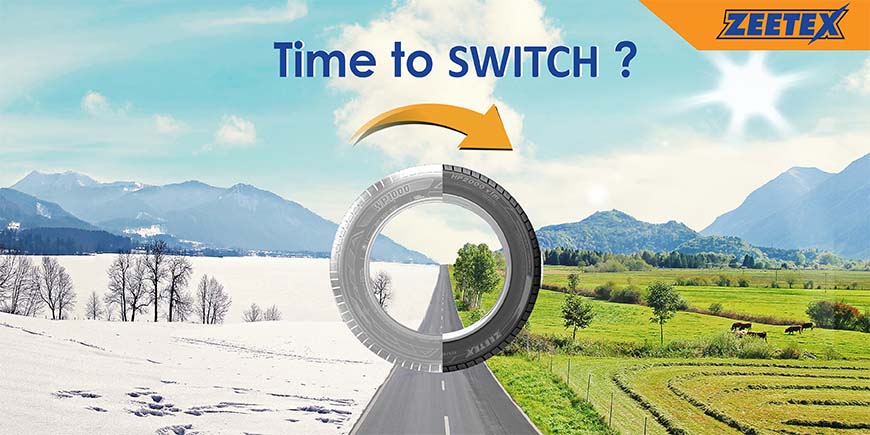For many drivers, the summer months are a great opportunity to enjoy driving, but many often wonder when to switch change from winter tyres to summer tyres? After all, tyres for winter and summer are designed with different conditions in mind, so you need to understand these factors so you know when to change tyre options.
If you want to know when to change from winter tyres to summer tyres, there are numerous things you can do. First, however, you should observe the condition of your tyres. This way, you can identify if it’s time to replace tyres before you fit them to your vehicle.
Summer tyres should be fitted when the average 24-hour temperature rises above 7°C. This, of course, is a general principle for drivers want to change tyre. It is hard to determine a specific date, as the weather in late winter, as well as early spring, can be very variable. Depending on your local weather climate, you could replace tyres at the start of March, or perhaps the end of April.
Similarly, we also do not recommend switching to summer tyres just because the weather has risen above 7°C for a couple of days. It is more sensible to wait until the weather stabilises – at least for a week or two – before replacing tyres for summer products. This reduces the likelihood of compromising your safety on the road and ensures you don’t swap out your tyres due to an unusual spike in the temperature.
If you are looking for high-quality summer tyres at an affordable price, Zeetex tyres are very popular with many motorists. Particularly, you should check out Zeetex HP 2000vfm.
Its reinforced design gives more resistance and wide transverse grooves helps in overall aerodynamics.
Read more: https://www.oponeo.ie/tyre-models/zeetex-hp2000-vfm
The content of this page is the exclusive property of Oponeo.pl S.A.
The outer shoulder blocks help increase stability while cornering and inner shoulder dissipates water and heat quickly.
The well positioned wider grooves & slightly curved lateral grooves help in quicker dissipation of water thereby enhancing braking & stability on wet conditions
Finally, the continuous 3 center ribs with optimal block distribution provide steering stability performance at a high speed



